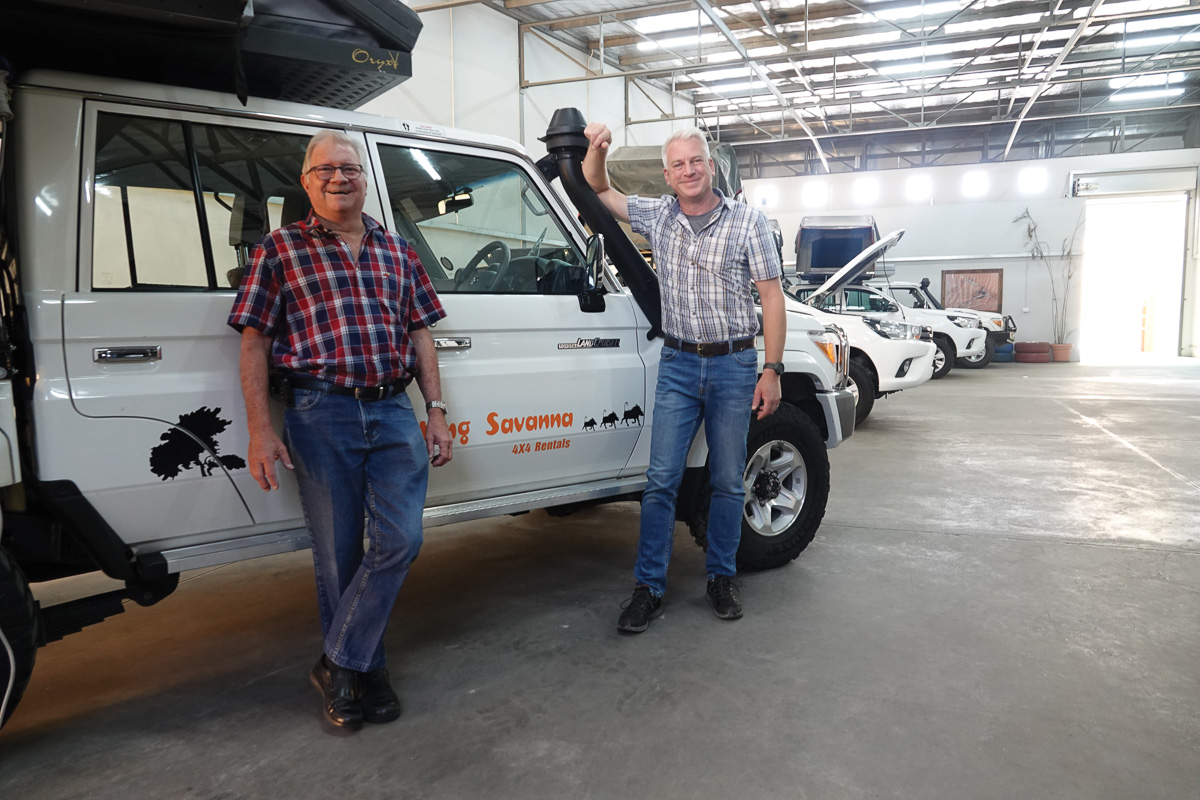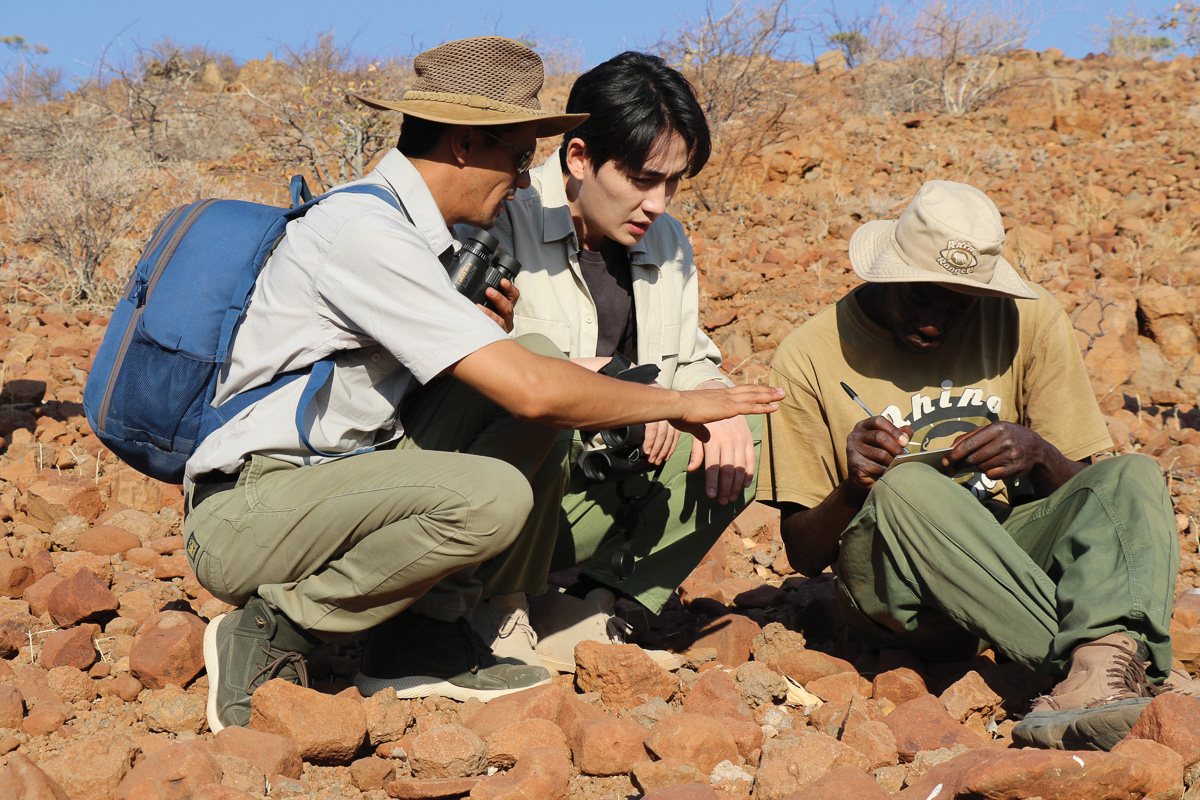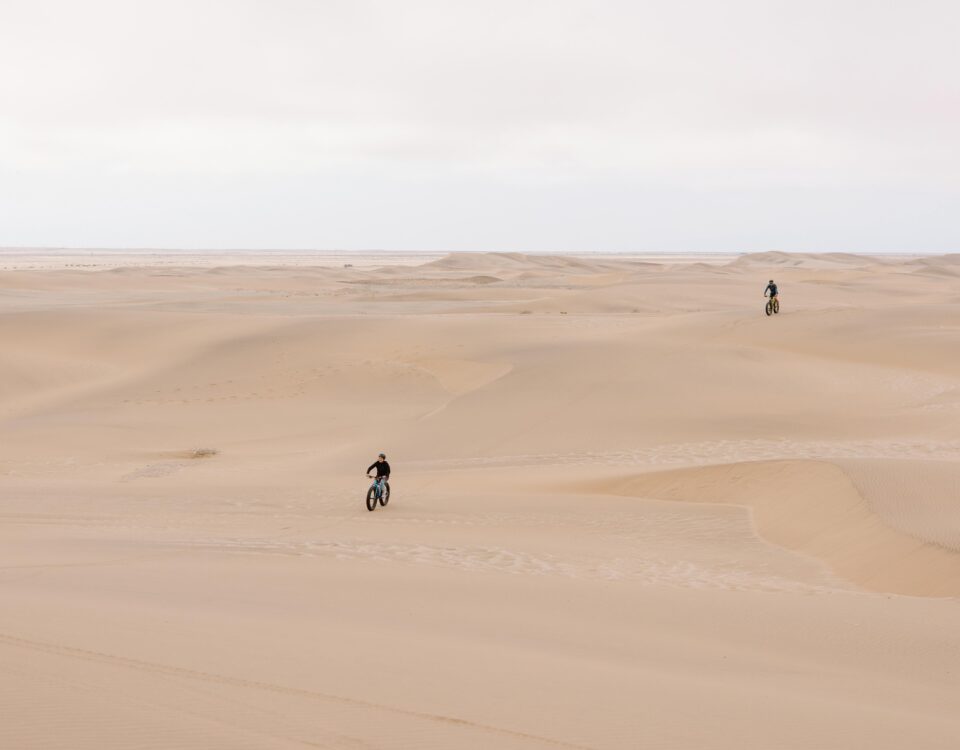
Savanna Car Hire innovation and excellence
January 9, 2020
Travel and China for Good
January 10, 2020[vc_row][vc_column][vc_column_text]
Text Le Roux van Schalkwyk
[/vc_column_text][/vc_column][/vc_row][vc_row][vc_column][vc_column_text]
My dad’s stories from when he was a young exploration geologist working in the Kaokoveld during the early 1970s have always fascinated me. Kaokoveld reminds me of a modern version of the old American Wild West, an untamed remote frontier where only those who knew their way would enter. Here are some of his anecdotes…
Getting around and living in the northwest in those days was so much tougher than it is today. The area was still extremely isolated with many unmapped roads and unknown spots due to the poor road system, mainly accessible by 4×4 only, as well as the sparse population density. Due to the total remoteness of the Kaokoveld your field vehicle of choice and the equipment attached to it was therefore critical (read: you do not want a breakdown). Seeing another vehicle was almost unheard of and the ones you did see were government officials operating out of Ohopoho (the spelling of Opuwo back then). The locals had donkeys and their feet as the only means of transport. Land Rovers were virtually unknown in these parts as there was nothing that matched the reliability and power of the Ford F250 4×4 bakkie (or so it was believed). The large American 4×4 would be equipped with a mosquito-proof Pools steel canopy, double shock absorbers on the front wheels (fitted by Langner’s Garage in Outjo), an extra 200-litre fuel tank and a 100-litre water tank at the back as well as some 16-inch cross-ply tyres.
Without a proper tool kit, pump and tyre repairs and with the minuscule amount of traffic in these parts, you could easily get stuck between Purros and Orupembe for days or even longer. If normal conditions weren’t already tough enough on vehicles, the rainy season brought its own challenges. When wet, the Beesvlakte (an area called cattle plain) southeast of Ohopoho got so slippery that snow chains had to be fitted on all 4 tyres to get from point A to point B. Without them you were restricted to camp or had to slog it out on foot.
Water for the field camp, situated in the central Kaokoveld about 130 km west of Ohopoho, had to be fetched in a 500-litre water bowser from the windpump at Omaue. It was not uncommon to spend hours there, begging and praying for a little bit of wind to turn the pump’s blades to pump some water.
Cell phones were something of the still very distant future and communication was via the trusted TR 27 radio connected to the very efficient Walvis Bay radio/telephone system with its famous call sign “33”. It could connect you to anywhere on the globe but you had to remember that it was a one-way voice system. Saying “over” after each completed sentence told the operator in Walvis when to switch over to the other person on the line.
Cooling facilities for food were extremely primitive and limited to the bulky, infamous Zero “freezers”. It was ages before the days of LPG appliances and Engel freezers. The Zero “freezers” were powered by paraffin, they were bulky, messy and poorly insulated with only a small cooler compartment that was unable to keep food frozen for long periods, especially during the boiling hot summer months.
The cooling mechanism worked via an open flame mantle system, which created a hot box if not serviced regularly. This normally happened when you were away for your monthly shopping weekend in Outjo with the obvious disastrous consequences.
As a youngster I regularly travelled through these areas with my family. Those trips, together with the colourful stories of my dad, awakened a wanderlust in me that is impossible to extinguish.
[/vc_column_text][/vc_column][/vc_row][vc_row][vc_column][vc_column_text]This article was first published in the Summer 2019/20 issue of Travel News Namibia.[/vc_column_text][/vc_column][/vc_row]


